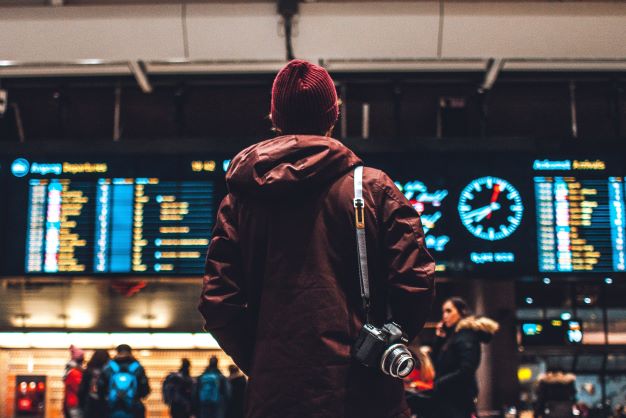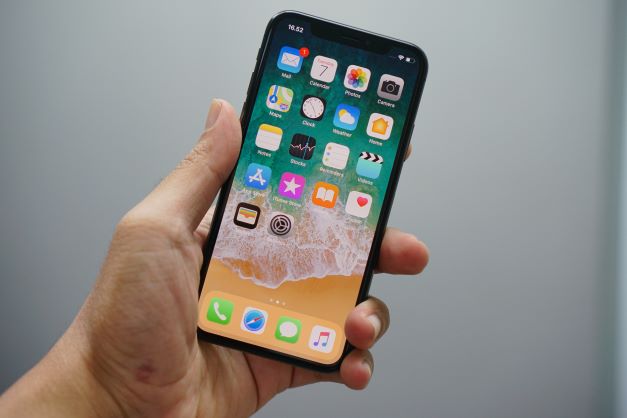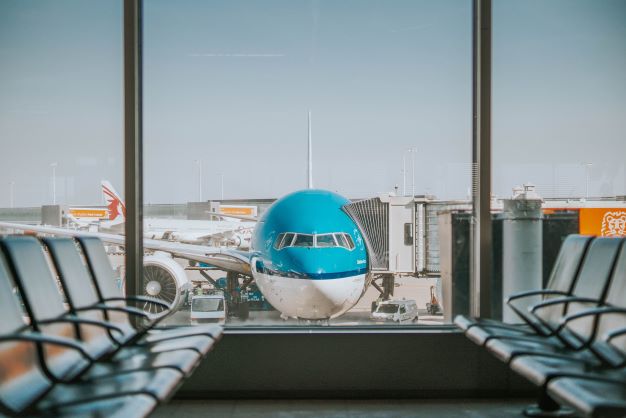The lost property process at your airport is a key part of the overall passenger experience. Not convinced? Let us explain.
Every day, thousands of people pass through UK airports. Whether they’re dreaming of a sunny beach or their comfy bed following a 12-hour flight, emotions are running high. This creates an environment where minds can easily wander. One of the many unwanted results is our mortal enemy, misplaced possessions.

What gets left behind in airports?
Understanding the importance of lost property processes at airports begins with knowing what gets left behind. If we’re talking about the odd book, then what’s the big deal? As you might imagine, this isn’t the case.
Recent research by Forbes Advisor highlighted precisely how valuable the items left at airports are. The study looked at all the lost property handed in at Heathrow between May 2021 and July 2022 and found – perhaps unsurprisingly – that iPhones were the most commonly forgotten, with 179 handed during that period. That’s one every two days.
We live in a time where smartphones are both the centre of our lives and often the primary means to board planes. So it’s easy to see how losing one at an airport might pose an issue. However, iPhones aren’t the only things getting left behind. See below for the top five.
iPhone – 179
Jacket – 176
Wallet – 171
Rings – 167
Reading glasses – 165
Losing one, or any of these could prove to be a nightmare, depending on the destination. Could you imagine being unable to read on a relaxing beach holiday or leaving a warm jacket behind en route to Canada? It doesn’t bear thinking about.

The importance of airport lost property processes
So a passenger is about to step on a plane, only to realise they don’t have their iPhone. How frustrating. When the first opportunity arises, they will attempt to rectify the situation. As we’ve established, essential items are often at airports, so the following stages will either reassure or infuriate them.
A lost property process featuring multiple unnecessary steps like calling a number (which is difficult when you’re abroad and impossible without a phone) will add to the lost iPhone’s sting. On top of losing something they care about, the passenger is wasting time trying to get it back.
So, you need a simple way for them to establish contact and make an enquiry. Once this is done, they can relax, safe in the knowledge that the ball is rolling.
However, this newfound sense of calm won’t last long. The passenger has done their part, now you need to establish communication, letting them know whether you’ve found the wallet.
This will reassure them that their enquiry is being taken seriously. The only way to assure this is through automation – sparing the need for staff to undertake the process of matching enquiries with found items and contacting passengers themselves.

How a functional lost property process can build loyalty
This needs to be viewed in the context of building loyalty with customers. In the age of price comparison websites and abundant competition, guaranteeing repeat business isn’t easy – but it’s essential, with 15% of passengers responsible for 70% of flights in the UK.
To keep these passengers happy, everything needs to run smoothly. This is especially important right now, as the industry faces a reckoning following a period of continued disruption.
While much of this falls on airlines, it’s not all up to them. Airports also have their part to play in creating a positive overall experience, with a poor lost property process on the ground impacting how passengers will remember the journey.
With over 50% of airport revenue derived from fees charged to their airlines, this could hurt your bottom line – not to mention instigating uncomfortable conversations.
How your lost property process should work
In conclusion, airports need a seamless, functioning lost property process. With it, you can keep passengers happy, minimise damaging your reputation (and those of your partner airlines) and save your staff time. Here’s how the process should and could work using NotLost’s platform.
- A passenger loses their phone before their flight
- A member of staff finds it and takes a picture, uploading an image to our secure platform, along with any pertinent details
- Our image recognition software creates a profile for that item
- The passenger creates an enquiry using the self-service portal and enters all the relevant information about their phone
- The matching engine pairs up lost and found enquiries with suggestions signed off by a member of staff
- The passenger is sent an email with their item, along with a range of delivery options.
- The passenger selects their preferred method and enters their address, which is then captured and sent to you so you can return the phone
Learn more
Want to learn more about how our lost property process can help your airport? Check out our website or email
